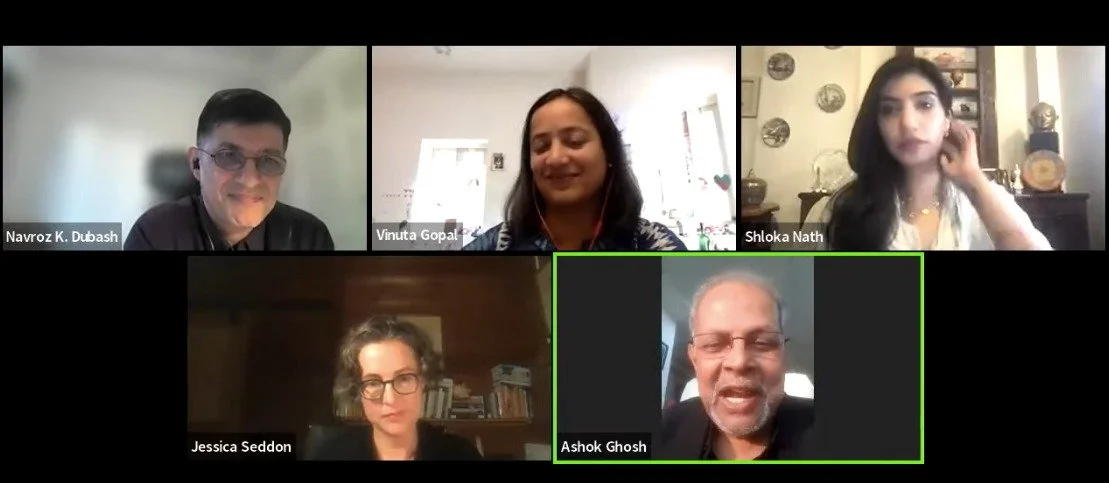ETS is gaining traction as a market-based instrument to reduce industrial emissions. However, questions around transparency, reproducibility, state capacity, and policy design and clarity threaten the viability of this approach in the Indian context.
Read MoreIndia's nationwide, year-round air quality crisis requires a radical rethink. But how does parliamentary discourse frame this issue? How should India approach its air quality standards in light of the WHO making its global guidelines more stringent? What would "taking the long view" on air pollution strategy look like?
Read MoreForty years ago, India passed the Air Act, 1981- the first central legislation to tackle the air pollution crisis. What has it accomplished over the last four decades? Does the Air Act have enough teeth to deal with the crisis?
Read MoreThe air pollution crisis in India can only be solved through sustained political commitment, and robust institutions. Letting the ordinance lapse reflects poorly on the Centre’s commitment, and is a significant blow to the development of air quality governance in the country.
Read MoreGiven the scale and scope of air pollution, the multiple sources involved, and the complexity of governance, this problem cannot be addressed without an actively involved executive.
Read More




